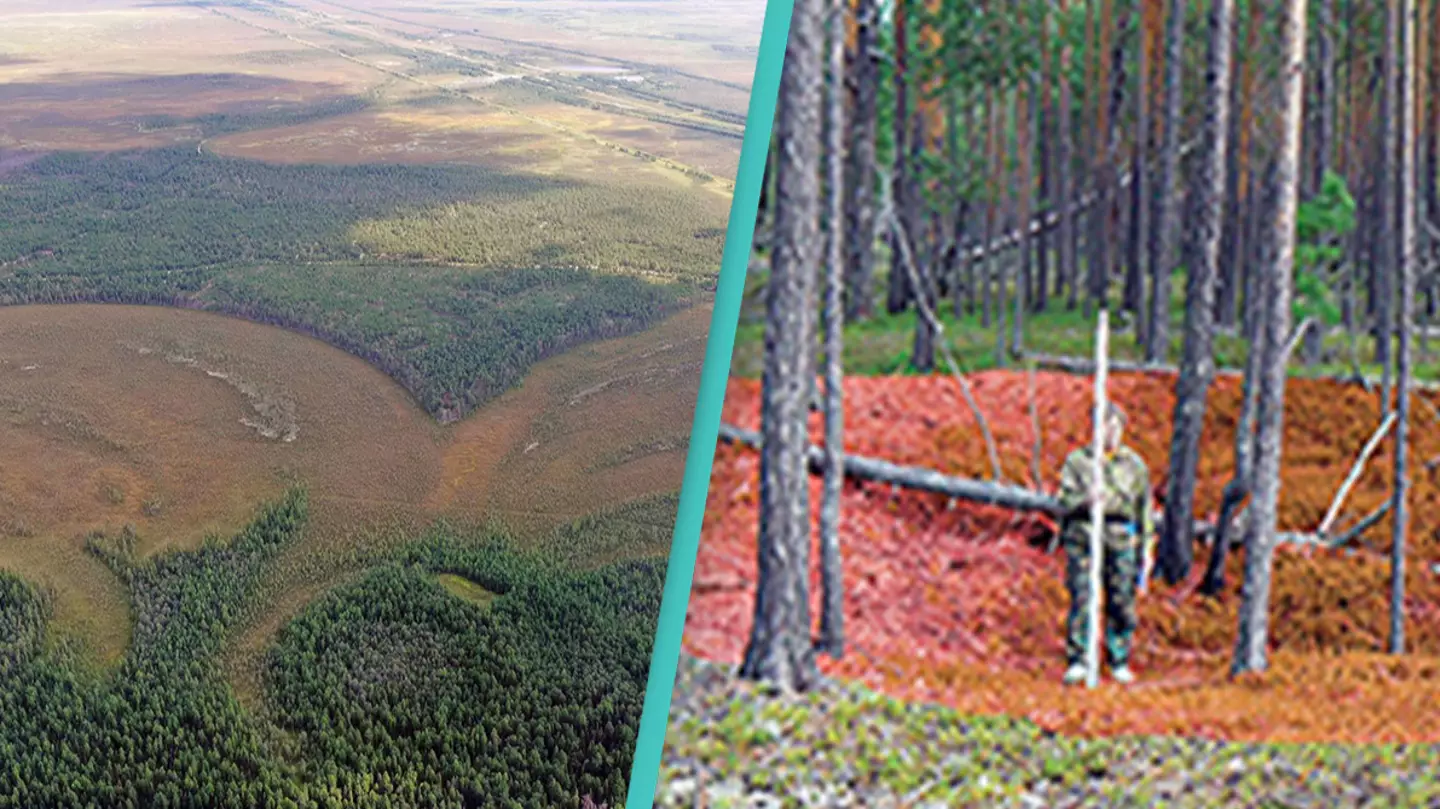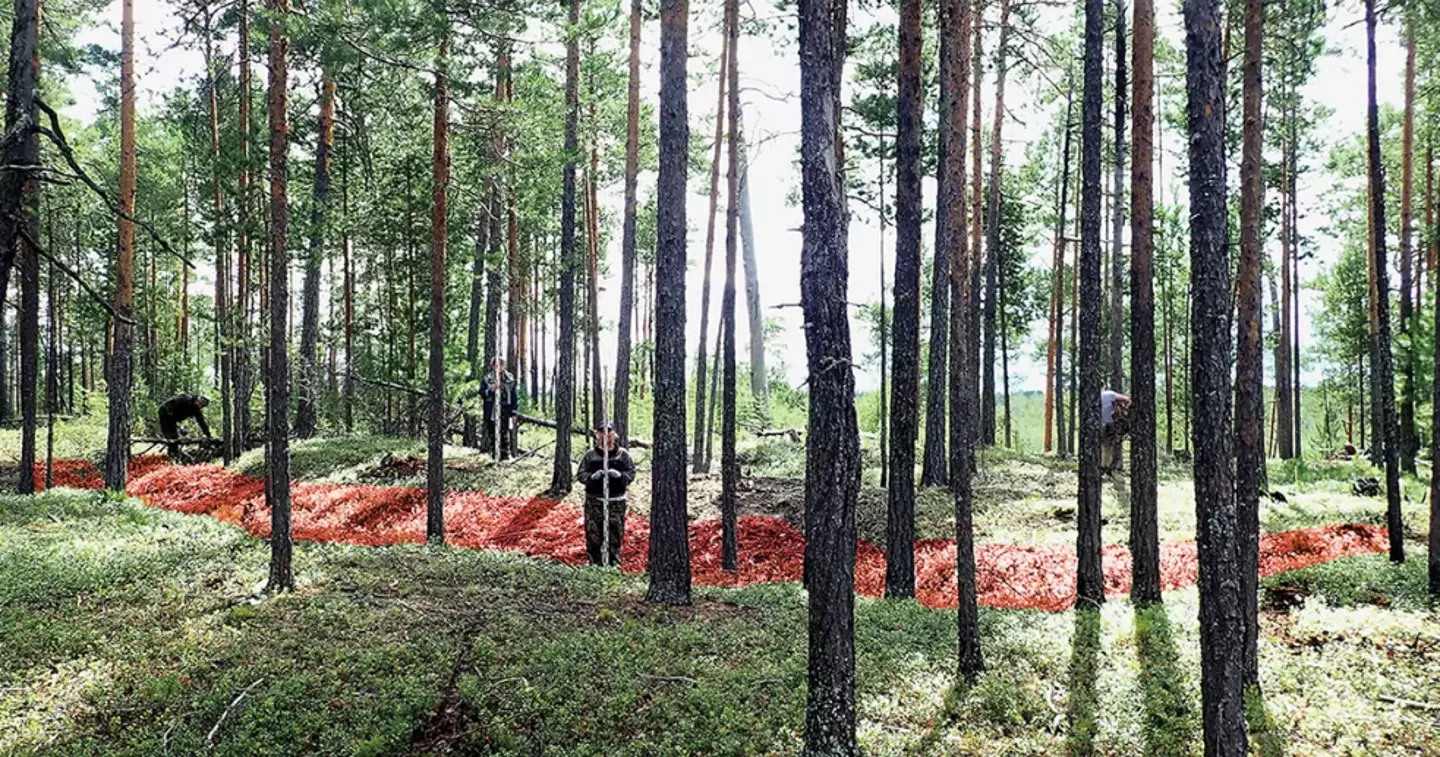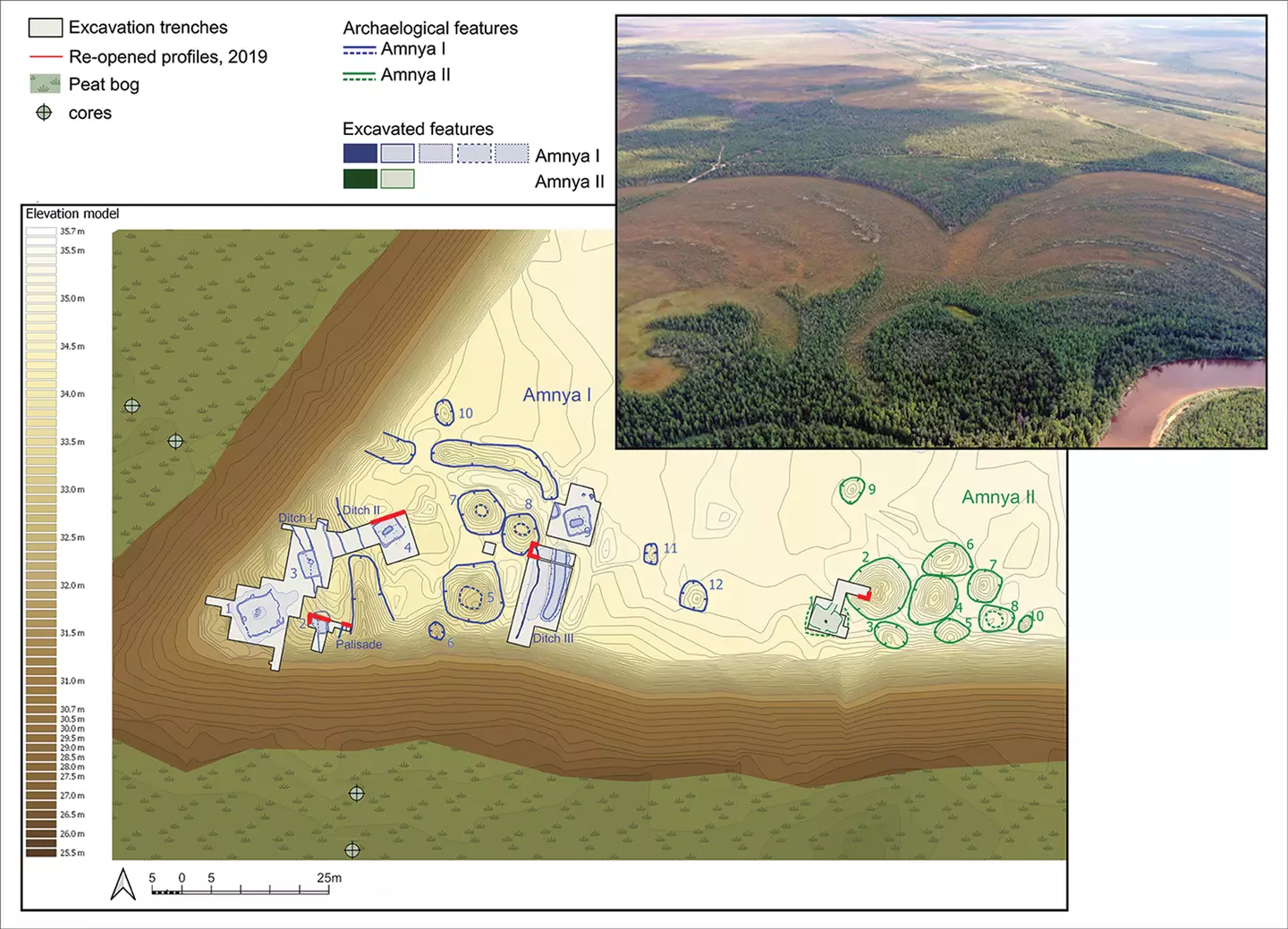
Archaeologists working in Russia have uncovered the remains of a fort which could date back some 8,000 years.
This would make the settlement in a remote part of Russia the oldest such structure yet recorded.
Now before everyone gets very excited, no, this would not be some enormous citadel with towering ramparts and battlements.
Advert
But there was a wall in place, a wooden palisade which appeared to encircle the settlement.
While this isn't a medieval castle, it would certainly have provided some measure of protection from attackers or wild animals.

The site is called the Amnya I and II fortress, located near to the Amnya river. The location by the river may have been to take advantage of the fishing. It could also have been useful in navigation, as to find the settlement you simply had to hit the river and walk along it until you got there.
Advert
It's important because it appears to pre-date the emergence of agricultural societies.
Consensus is that more significant and permanent settlements didn't start to pop up until farming became more common.
Staying in one place and building is more useful when you have to tend your crops year round rather than roam around searching for food.
But this location in Siberia is an exception to this.


A press release from Freie Universität Berlin said: "Through detailed archaeological examinations at Amnya, we collected samples for radiocarbon dating, confirming the prehistoric age of the site and establishing it as the world's oldest-known fort.
Advert
"Our new palaeobotanical and stratigraphical examinations reveal that inhabitants of Western Siberia led a sophisticated lifestyle based on the abundant resources of the taiga environment."
Basically, food was abundant enough that they decided to stay put and build a more permanent shelter.
The statement continued: "This finding reshapes our understanding of early human societies, challenging the idea that only with the advent of agriculture would people have started to build permanent settlements with monumental architecture and have developed complex social structures."
But why settle in one place if you don't have farms? Well, it could be a useful base from which hunting parties could strike out.

You could also have it as somewhere to stockpile food and resources, or even to preserve things such as by drying meat.
Advert
Of course the big problem is that such a place could become a magnet for other groups of people.
There's also the factor of predators such as wolves or bears which might want to snatch someone at night.
Bearing both of those in mind, erecting a wooden palisade would provide some measure of protection from anyone or anything which might want to get their hands on food stores or harm the people inside.
Topics: News, Russia, World News
